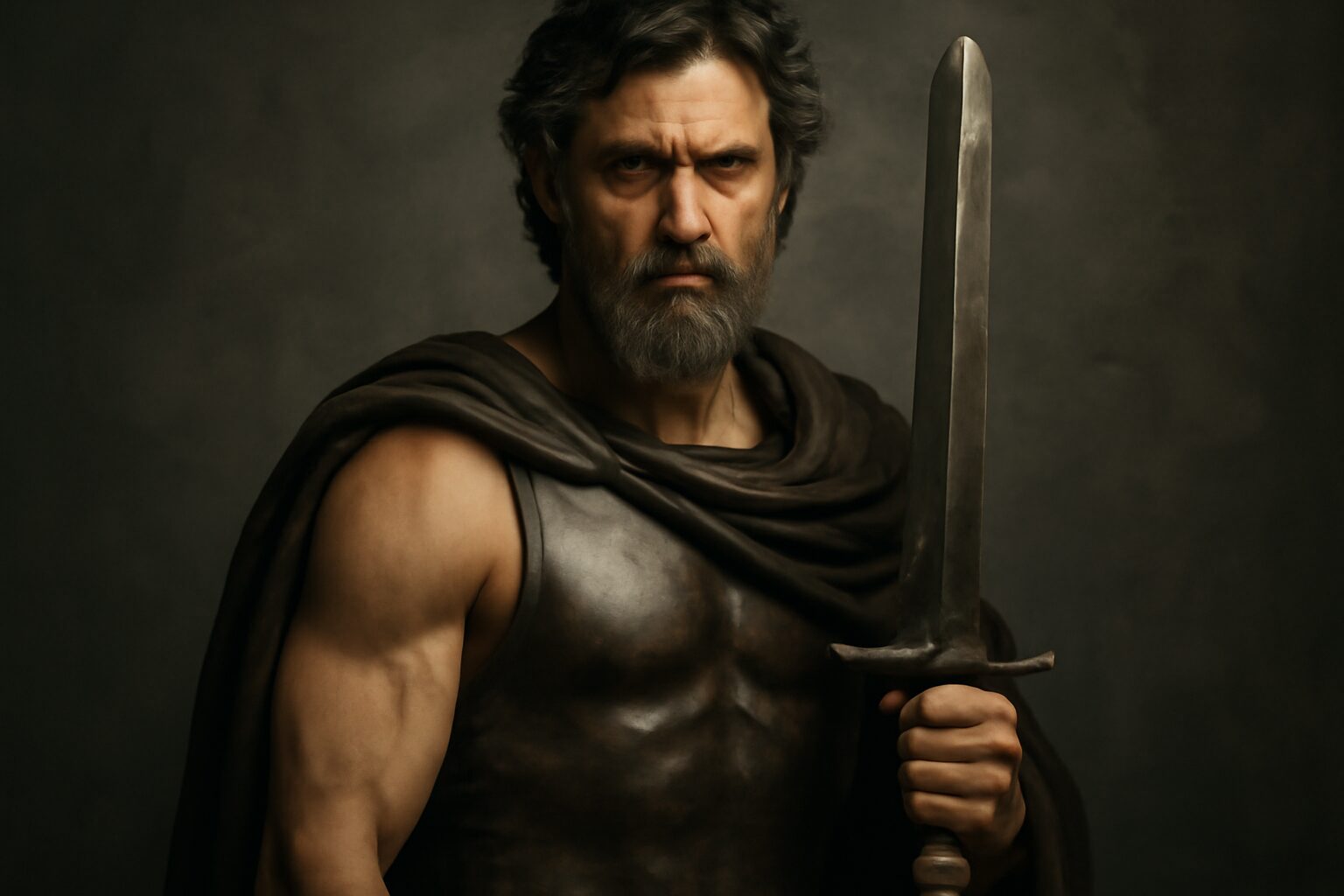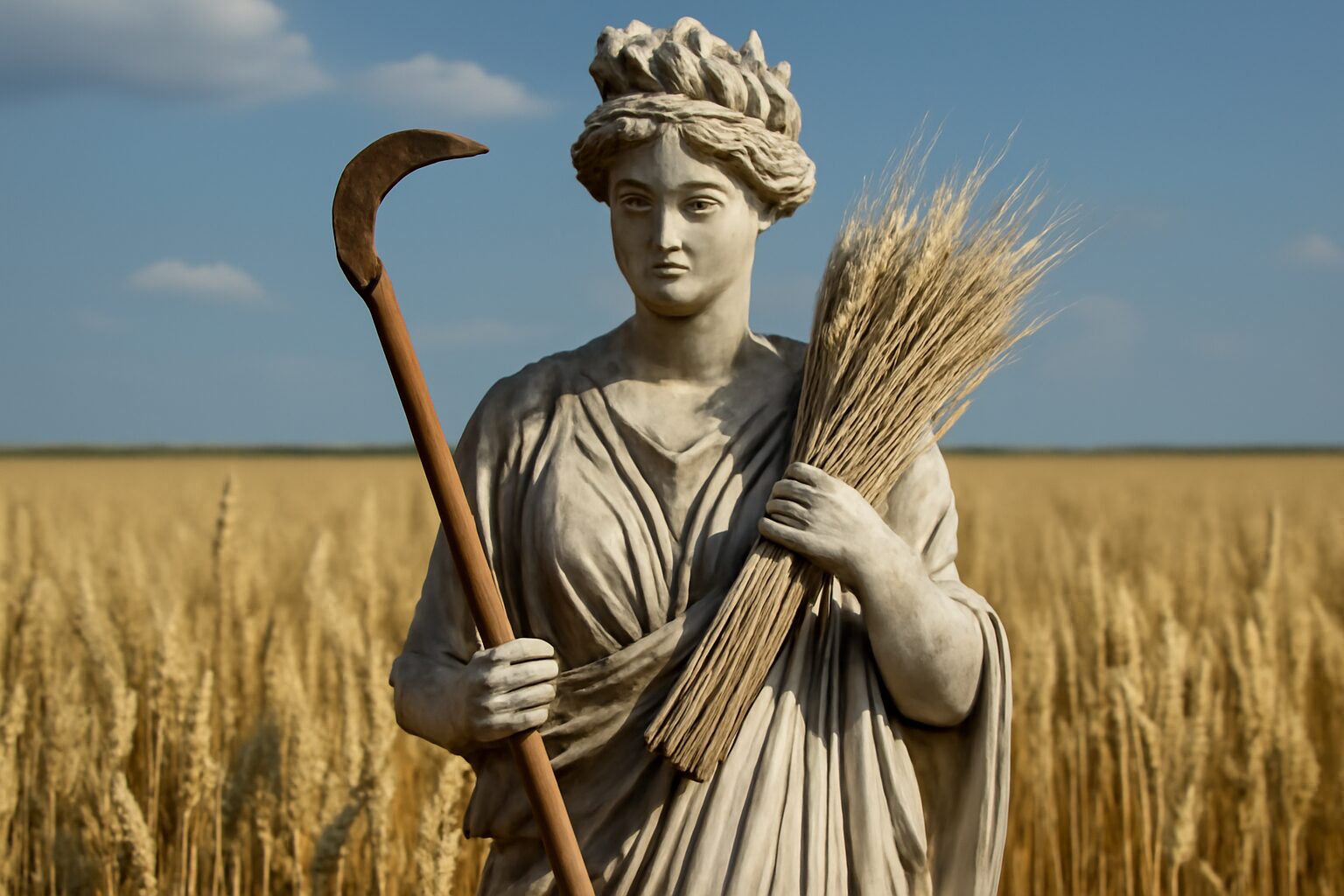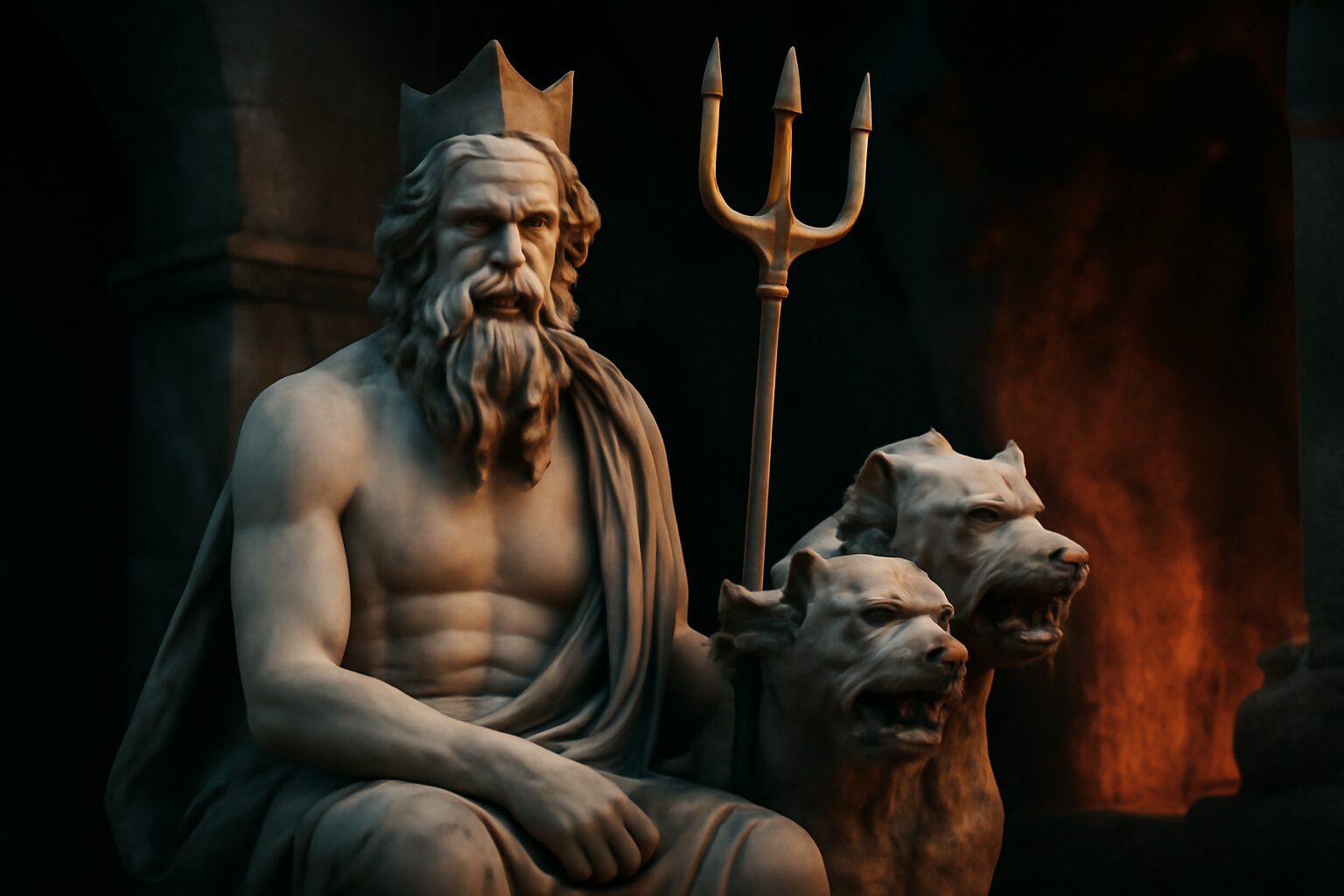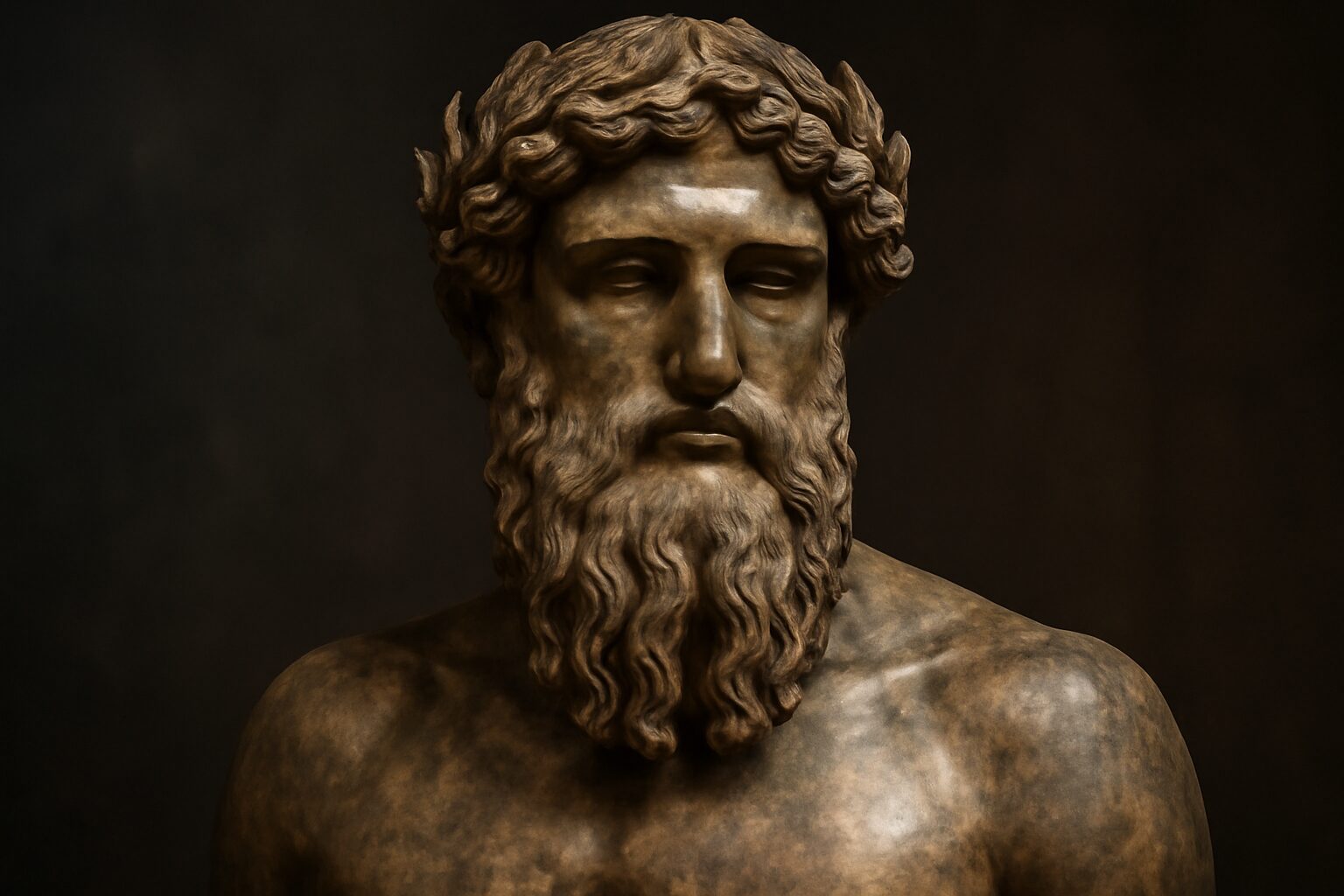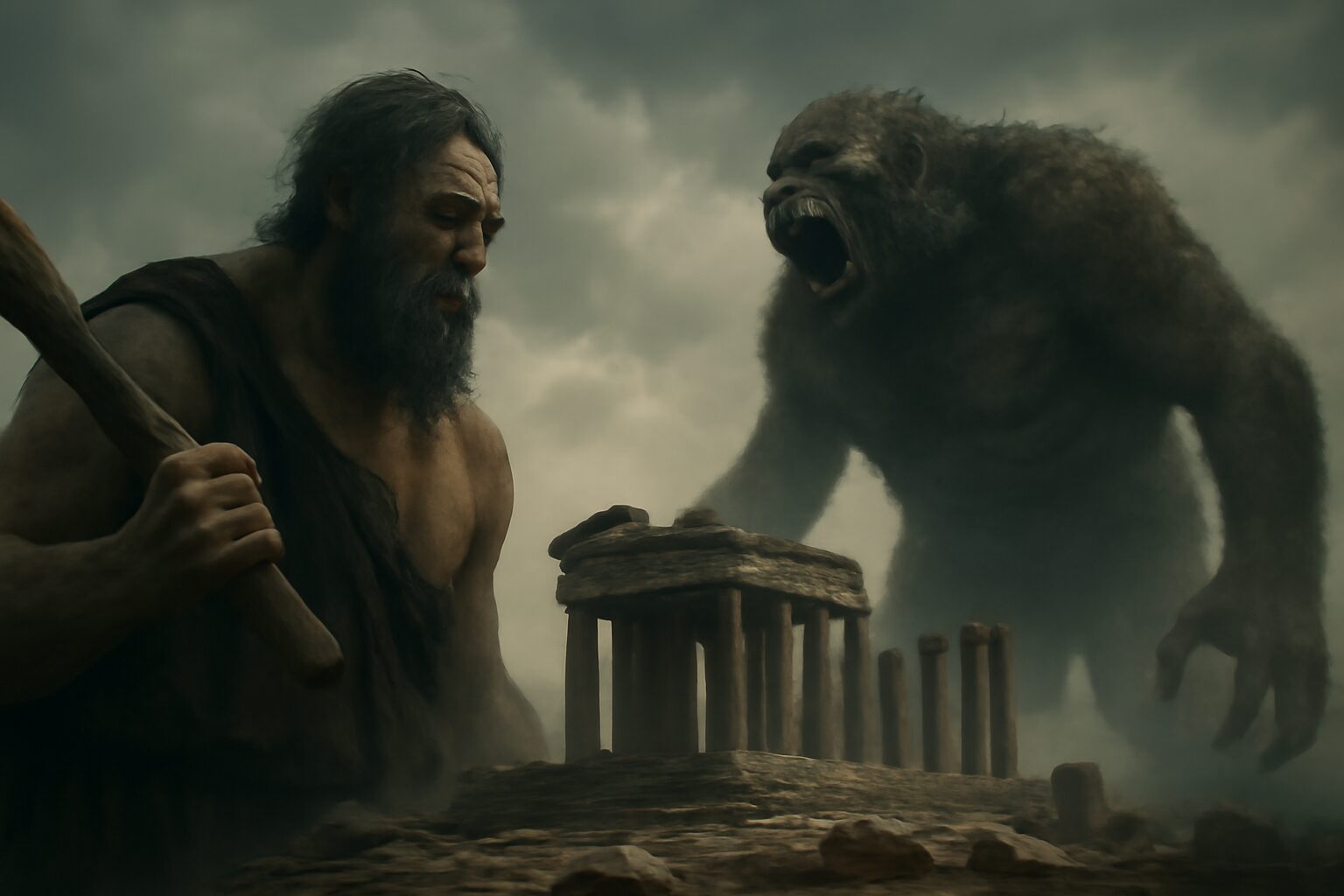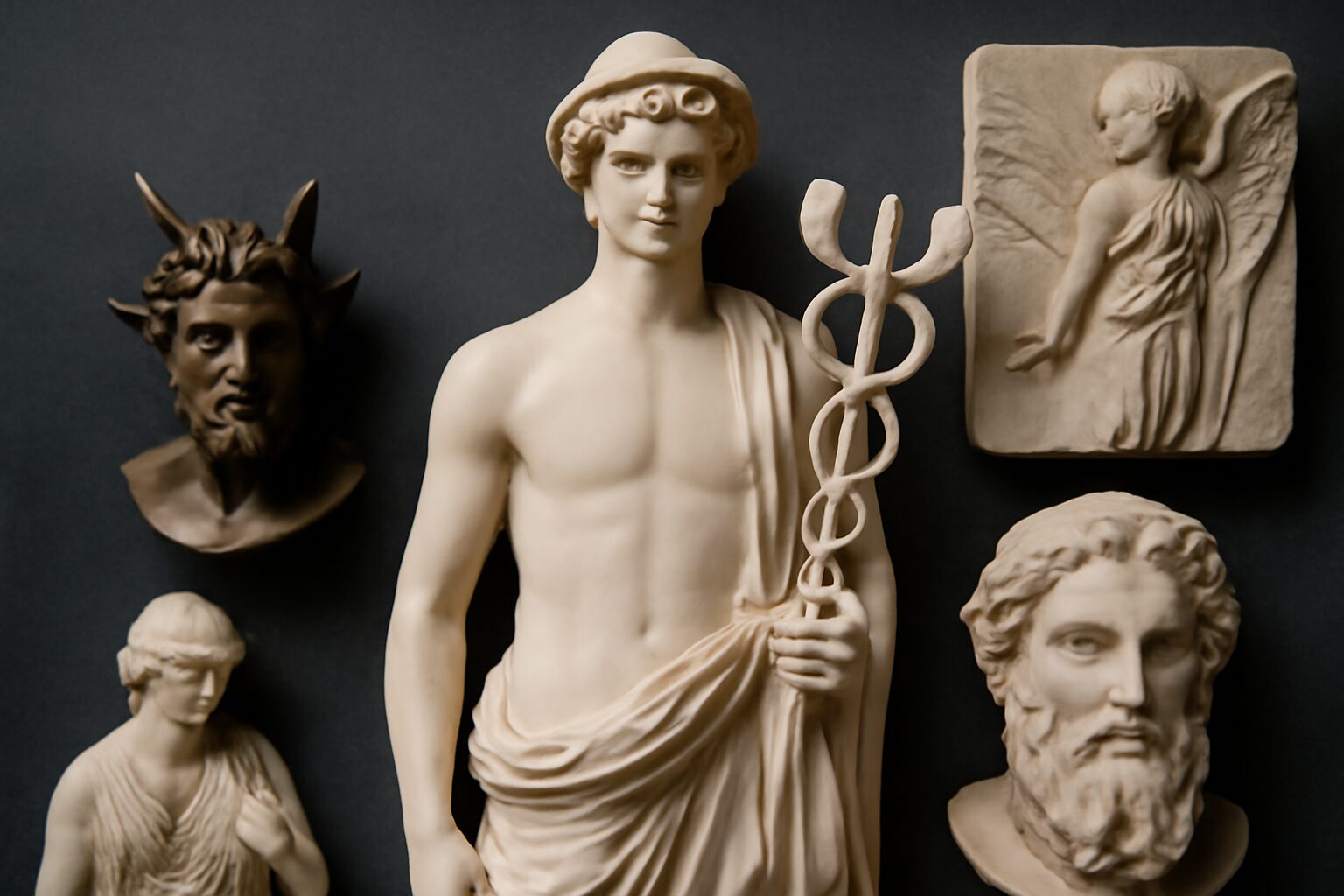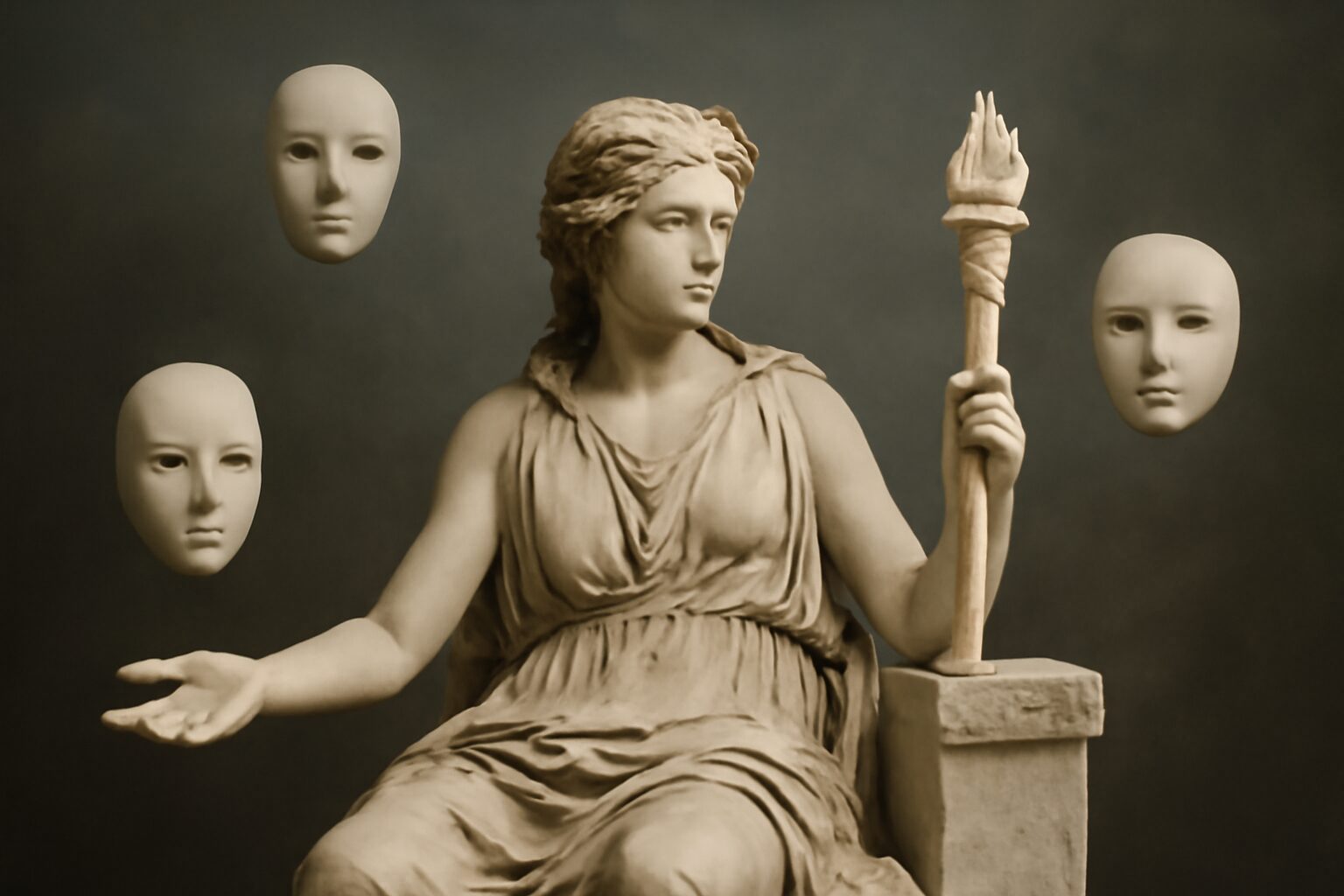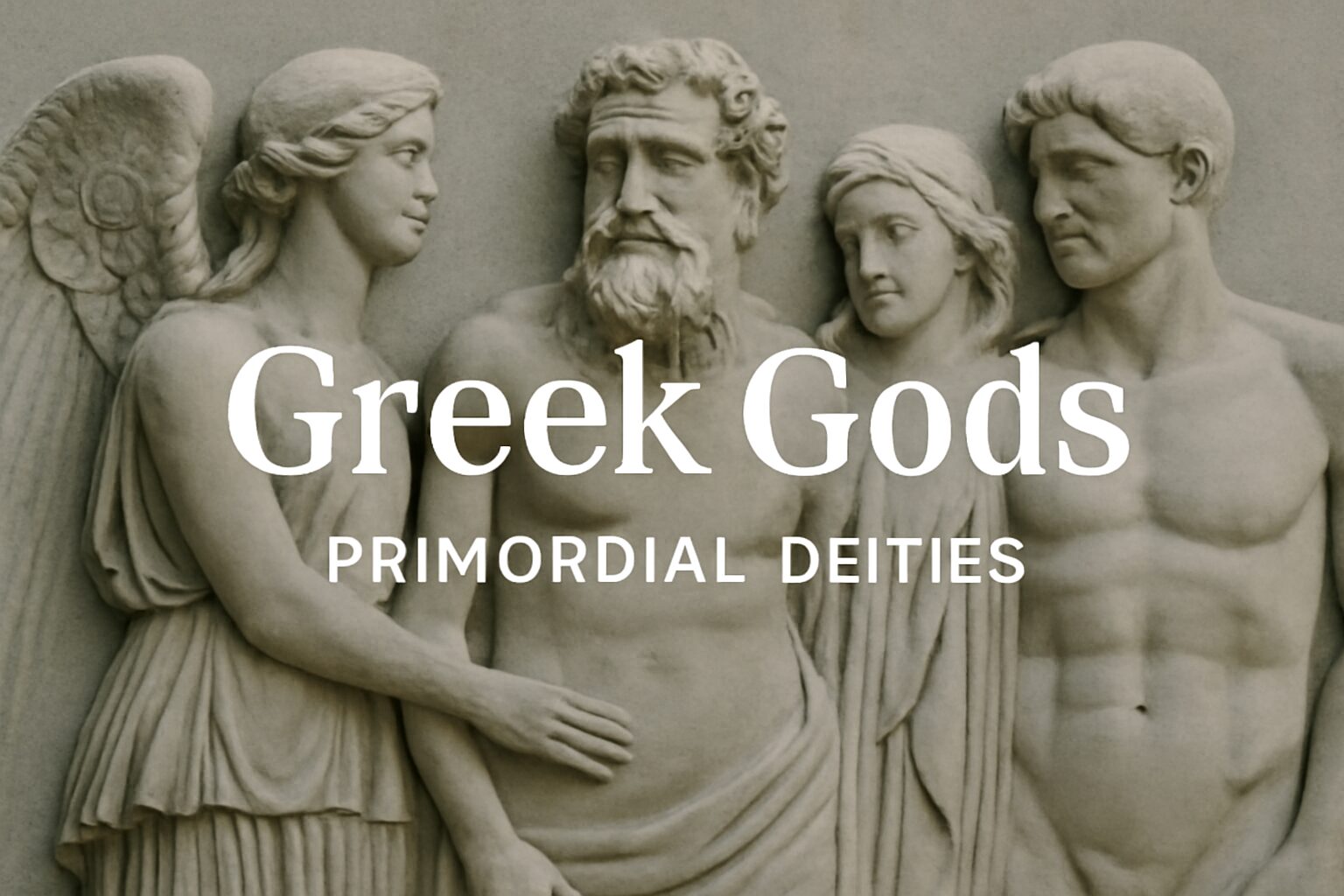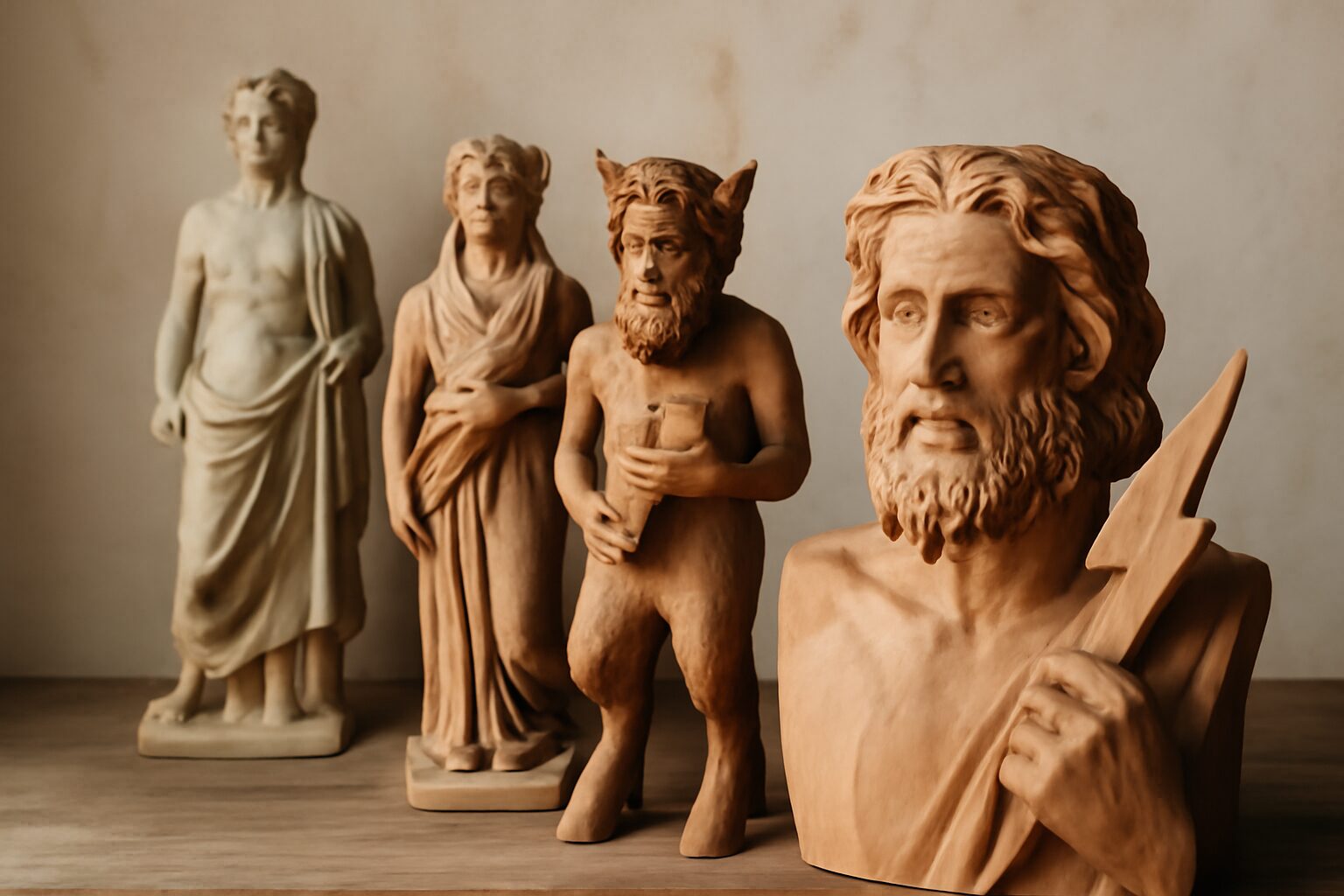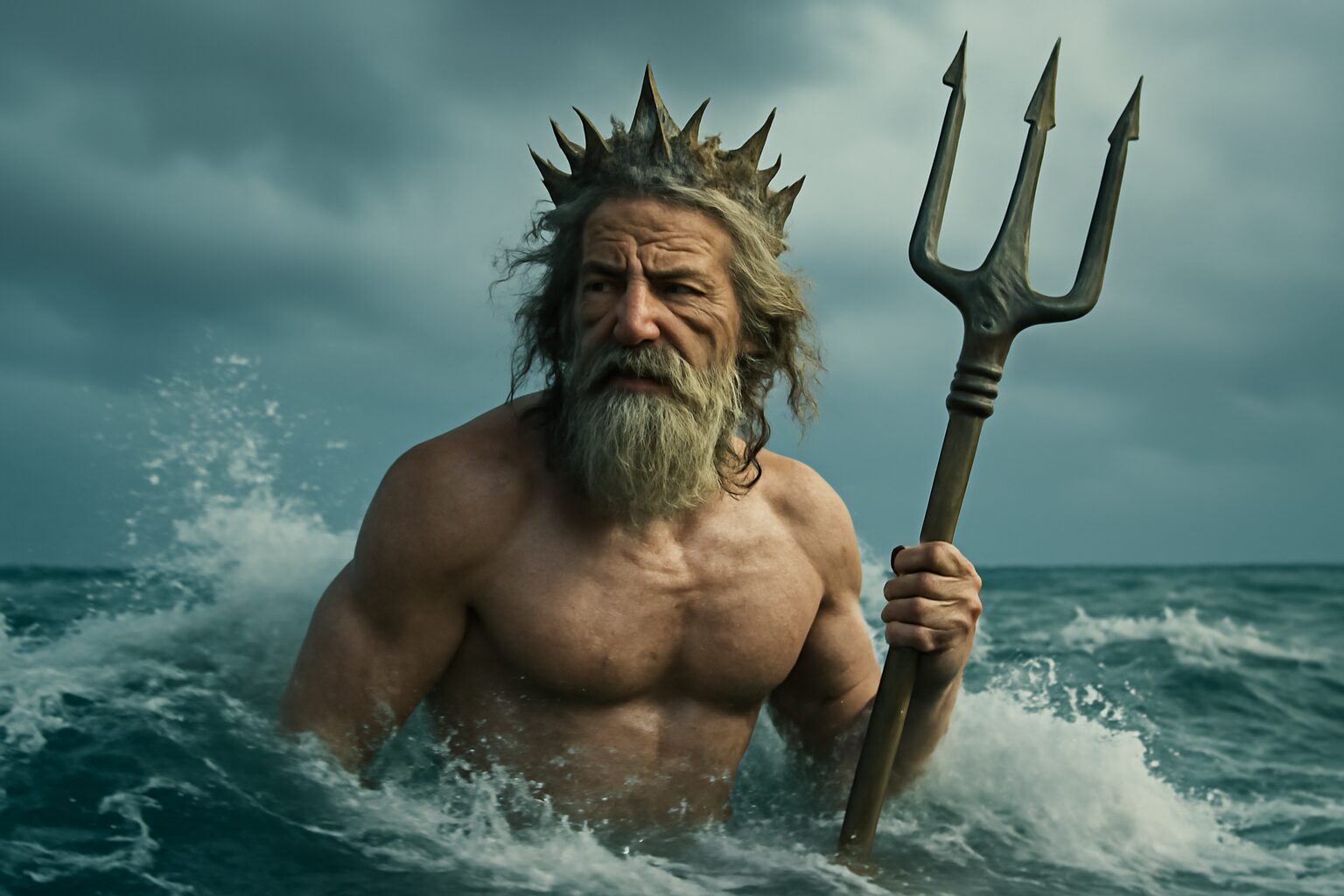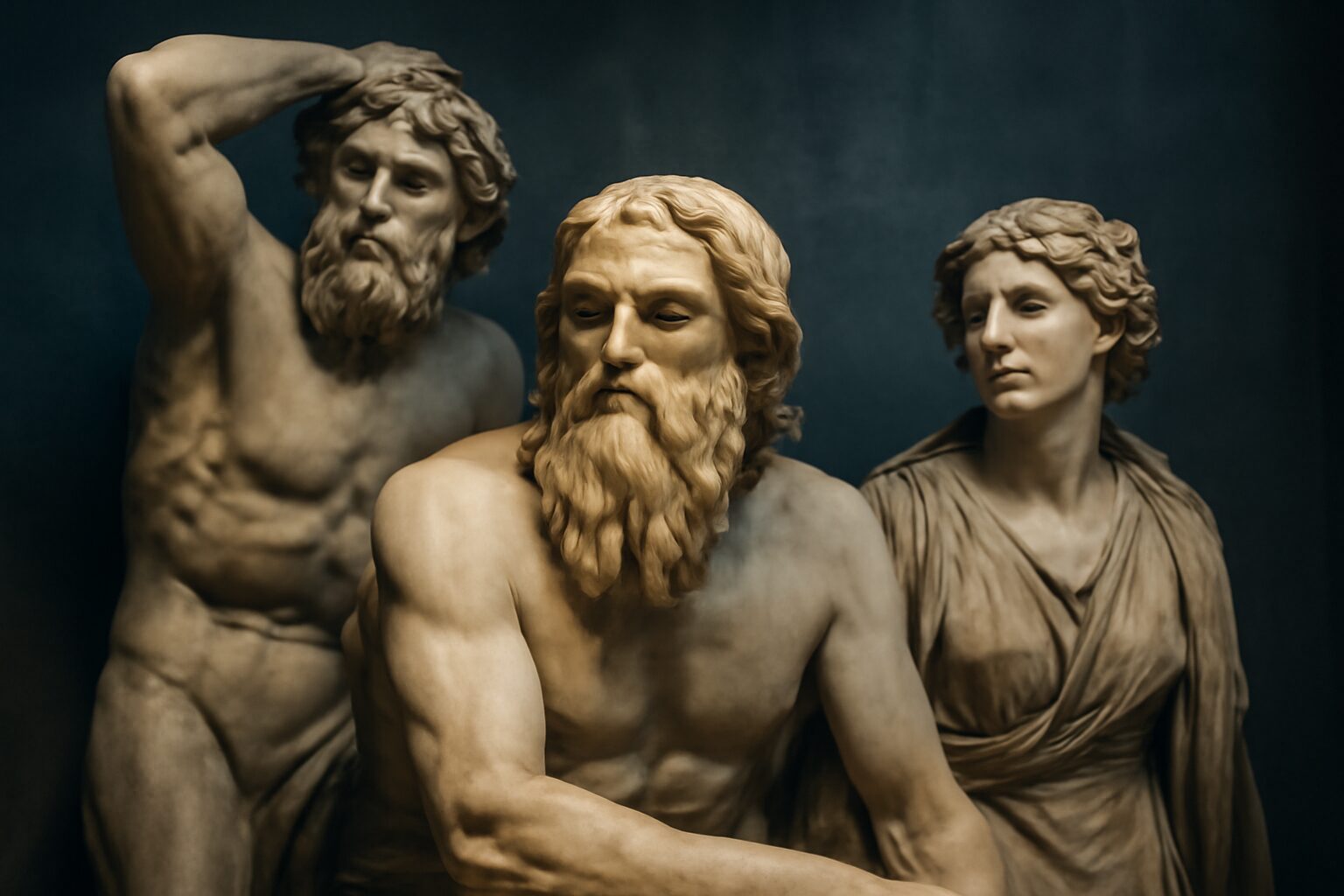Perses: The Titan of Destruction
In Greek mythology, Perses was a lesser-known but significant Titan, embodying the primal force of destruction. His name, derived from the Greek word "pertho" (to sack or destroy), reflects his domain over ruin and chaos. As a second-generation Titan, Perses was the son of Crius and Eurybia, and brother to Astraeus and Pallas.
Role and Powers
Perses was closely associated with the destructive aspects of nature, particularly the ravages of war and the devastation of time. Unlike Ares, the god of war, Perses represented the raw, uncontrollable force of destruction rather than the strategic or violent aspects of battle. His influence was often linked to natural disasters, such as storms, wildfires, and the decay of civilizations.
Despite his fearsome domain, Perses was not a widely worshipped deity. Instead, he was more of a symbolic figure, representing the inevitable decline that follows creation—a reminder of the cyclical nature of existence in Greek cosmology.
Relationships and Family
Perses married Asteria, the Titan goddess of nocturnal oracles and falling stars, and together they had one daughter: Hecate, the goddess of magic, witchcraft, and crossroads. This lineage is particularly fascinating, as Hecate became one of the most revered and mysterious figures in Greek mythology, blending her father's destructive power with her mother's mystical influence.
Perses' siblings also held significant roles: Astraeus was the god of dusk and the father of the winds and stars, while Pallas was associated with warfare. Together, they represented different facets of the natural and cosmic order.
Significance in Greek Mythology
Though Perses rarely appears in myths, his presence underscores the Greeks' understanding of balance—creation cannot exist without destruction. He symbolizes the necessary chaos that allows for renewal, much like the Titans themselves, who were eventually overthrown by the Olympians to make way for a new era.
Perses' legacy lives on through his daughter, Hecate, who inherited his formidable power but channeled it into more nuanced and complex domains. This connection highlights the interplay between destruction and transformation, a theme central to many Greek myths.
While Perses may not have temples or cults dedicated to him, his role as a force of inevitable change remains a compelling aspect of Greek mythology, reminding us that even in ancient stories, destruction was seen as a natural and necessary part of life.
Alternative Names for Perses
God Name: Perses (Greek)
The primary name of the god, derived from Greek mythology, where he is associated with destruction and the Titan lineage.
God Name: Perses (Romanized) (Roman)
The Roman adaptation of the Greek god Perses, retaining the same name and attributes, though less commonly referenced in Roman mythology.
God Name: Perseus (occasionally conflated) (Greek)
Sometimes conflated with the hero Perseus due to phonetic similarity, though they are distinct figures in mythology.
God Name: The Destroyer (Greek)
An epithet highlighting Perses' role as a god of destruction, often used in poetic or descriptive contexts.
Tales about Perses
The Titan of Destruction and the Goddess of Healing
In the age when Titans ruled, Perses, embodiment of destruction, once laid waste to a verdant valley in a fit of rage. The land became barren, and the cries of suffering nymphs reached the ears of Aceso, the goddess of healing. She descended, her presence a balm to the scorched earth. Perses, witnessing the decay he had wrought, felt an unfamiliar pang of remorse. Aceso did not confront him with anger but with compassion, showing how destruction could make way for renewal. Moved, Perses used his power to break down the poisoned soil, allowing Aceso to nurture new life from the ashes. From that day, they represented the necessary balance between ruin and recovery.
Perses and the Cunning of Prometheus
A Clash of Wills
When Prometheus stole fire from the gods to aid humanity, Perses saw an opportunity to unleash chaos upon the nascent world. He allied with his destructive instincts, seeking to amplify the fire's potential for devastation. However, Prometheus, the titan of forethought, outwitted him at every turn. He taught humans to control the flames, turning potential ruin into a tool for civilization—warmth, craftsmanship, and community. Perses, frustrated yet grudgingly impressed, acknowledged that even destruction could be harnessed for creation. This encounter became a testament to the tension between mindless annihilation and purposeful progress.
Frequently Asked Questions
Who is Perses in Greek mythology?
Perses was one of the Titans in Greek mythology, the son of the Titans Crius and Eurybia. He was associated with destruction and was the father of Hecate, the goddess of magic and witchcraft.
What were the Titans in Greek mythology?
The Titans were a race of powerful deities who ruled during the legendary Golden Age in Greek mythology. They were the children of Gaia (Earth) and Uranus (Sky) and preceded the Olympian gods, who eventually overthrew them in the Titanomachy (War of the Titans).
Why is Perses important in Greek mythology?
Perses is important because he represents the destructive forces of nature and is part of the ancient lineage of Titans. His daughter Hecate became a significant figure in Greek mythology, linking him to the broader mythological family tree.
What can we learn from the story of Perses and the Titans?
The stories of Perses and the Titans teach us about ancient Greek beliefs in cosmic order, power struggles, and the transition from older gods to newer ones. They also reflect themes of destruction and transformation, which are recurring in many mythologies.
How do the Titans like Perses relate to modern culture?
The Titans, including Perses, influence modern culture through literature, movies, and art, where their stories are often retold or referenced. They symbolize primal forces and the idea of older generations being replaced by newer ones, which remains a relatable theme today.

